The long distance competition in the sandstone area in Korce, Czechia offered many interesting routechoice legs in addition to tricky orienteering! Here we take a closer look at the decisive routechoice legs in the men’s course – read on to understand which controls were most challenging for the runners and how the best solved the challenges.
For analysis of the women’s race along with maps, results, race report and GPS-tracking, see the main race report and analysis article from the long distance, “World Cup Czechia Long: Maps, Results and Analysis. Read on to dig deeper into the menb’s course.
Race development
First a recap of the race development to set the background for the analysis. The below split time analysis graph shows the race development for the top runners.
Tomas Krivda (Czech Republic; shared 4th place) started early and ran a very good first part of the race, catching yesterday’s winner Jannis Bonek (Austria; 7th place) with 3 minutes early on the course. Krivda was in the lead until control 8, and in very close contention until control 10. The Czech then lost a minute to control 11 after a routechoice where he lost time on the steep climb up to the control, and did not manage to keep the good flow of the start of the race from there on, steadily losing time to the two last starters, Matthias Kyburz (Switzerland; 2nd place) and Kasper Fosser (Norway; winner) who would yet again battle for the victory, as at the recent World Orienteering Championships. Kyburz had slightly higher speed than Fosser in the middle part of the course, but Kyburz did a route choice mistake to the 13th control, combined with bad execution which cost him one and a half minute. Fosser never gave that advantage back, although he let Kyburz get closer making the race interesting to watch.
Gustav Bergman (Sweden; 3rd place) started 3 minutes ahead of Kyburz, and was caught with 3 minutes at the 11th control. The Swede kept up with Kyburz until control 25 – and got later caught by Fosser with 6 minutes towards the end of the course – finishing the race more than 6 minutes down on the winner. In the end it was still enough for the 3rd place. Krivda finished in shared 4th place at 7:21 with Daniel Hubmann (Switzerland) while Daniel’s younger brother Martin Hubmann finished 6th at 8:30. Joey Hadorn (Switzerland) had a good race for most of the course, but lost more than 4 minutes to control 19 – without this timeloss he would have finished 3rd.
See below for a real time race development graph for the last starters where you can see where Bergman and Hubmann were caught by Kyburz. Note that Daniel Hubmann took a different (and better) routechoice to the 27th control after Kyburz had opened up a gap.
Leg analysis
Leg 3
The 3rd leg was the first routechoice challenge. Running straight was the best route choice alternative here – you don’t save much climb by going straight, while it is significantly shorter. Krivda (fastest split time) and Daniel Hubmann were the only ones of the top finishers chosing this option. The five fastest times are run straight, while Fosser and Kyburz run left and lose half a minute or more to Krivda. Note that times given here are actual split times, i.e. accurate times.
Leg 6
On the leg to control 6 is was quite clear that the fastest was to follow the road as much as possible. However, some runners lost significant time by going left trying to save some climb (Ojanaho and Regborn lost more than a minute), while Bonek lost half a minute by crossing the valley instead of following the road all the way around. Kyburz has exceptional speed here, winning the leg with 20(!) seconds ahead of Fosser.
Leg 8
This is a leg where none of the top finishers took the fastest routechoice – following the path to the left (3 fastest split times) – although there are not very large time differences. Krivda runs all the way to the road to the left, and is fastest of the top finishers and only 8 seconds behind the fastest split time, while the other top finishers run more straight and lose some additional seconds.
Leg 9
Leg 9 was pointed out as one of the main routechoice legs on the course, and the organizers had also prepared an illustration with some possible routechoices along with length and climb.
The route which had clearly the fastest split times here was a combination of the straight route and the route to the right, while Buchs had the fourth best split time with a more straight route, just behind three of the top 4 finishers. Thus the straight route is probably the fastest by a small margin, with the route chosen by Kyburz, Fosser and Krivda nearly as fast. Going right is clearly too long, while left also looks to be slower.
Leg 10
The leg to control 10 is a short one, and all top finishers took the straight variant which is fastest. You could however lose quite some time by going right here…
Leg 11
On the leg to control 11 straight and left seems to be approximately equal, although Krivda loses siginifinat time and the contact with the leaders by running left. Krivda probably struggles into the control, and also chooses to climb very steeply into the control. Going right is clearly too long and much slower.
Leg 14
The leg to control 14 was also one of the legs which was highlighted by the organizers as a key leg ahead of the competition. Here three alternatives are shown with route length and climb.
Looking at the GPS-data, it was clearly fastest to go left, but instead of running all the way around the route drawn above, the fastest runners on the split cut through the valley before the control, making the route shorter, but with more climb. None ran the straight variant which would have given less climb. Martin Hubmann runs right and loses nearly a minute.
Leg 16
Leg 16 gives the possibility to go up or down, with execution and micro-routechoice more important than overall routechoice. Martin Hubmann again loses more than a minute, but his overall routechoice is similar to that of Kyburz.
Leg 19
The leg to control 19 was somewhat suriprisingly(?) one of the most decisive legs both for the men and women. Many top runners chose to try to save climb by running quite far to the right in the slope instead of running down and up again. Running in the slope was clearly not fast here, and in addition many made mistakes by following the slope too far to the right, losing even more time. The 35 fastest split were run straight, and the fastest runner going to the right was Anton Johansson who lost 1:13. Fosser was the only one of the Top 7 finishers running straight, beating Matthias Kyburz with 1:30 and Tomas Krivda with 2:30 here. Joey Hadorn lost more than 4 minutes – without this timeloss he would have finished 3rd!
Leg 24
A routechoice leg with three different options with relatively similar running time. Fosser wins the leg running right, but Kyburz and Krivda are only a few seconds behind with the two other options.
Leg 27
The leg to control 27 was the final routechoice leg of the day. Here the fastest time is run around to the right by the winner of the day, as for the women for a similar leg. But as for the women, it is probably fastest to run more straight, over the saddle (similar to the blue route shown below). 8 of the 10 fastest splits on the leg are run straight, only Fosser and Kyburz are within the top 10 on the leg with a route to the right. Daniel Hubmann runs here, and runs faster on the last part of the leg with this routechoice. When you save 500 meters running, you can afford to climb an extra 30 meters, at least when the extra 500 meters are in the slope and not with perfect runnability.
 World of O News
World of O News
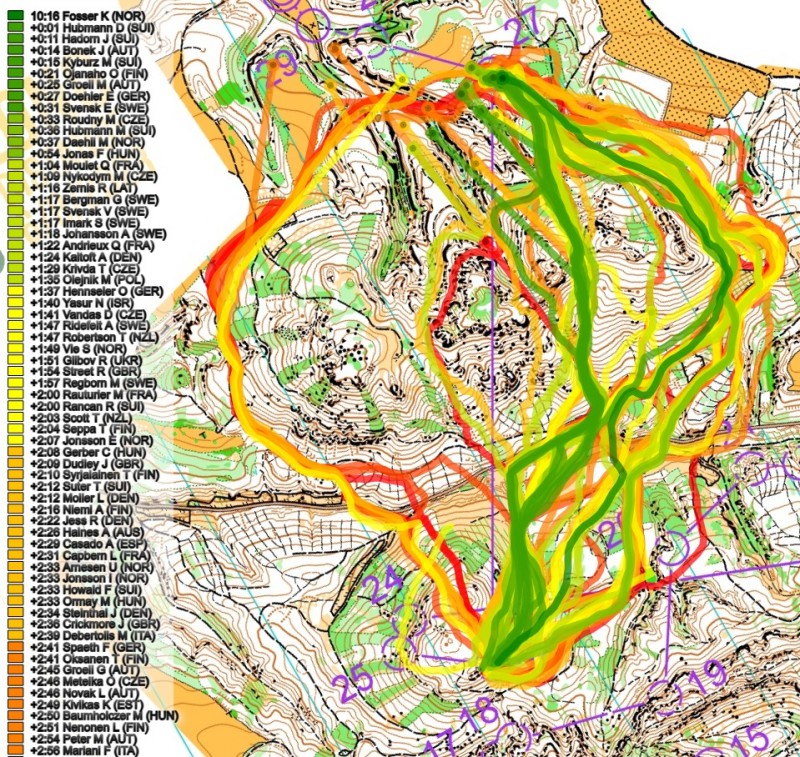
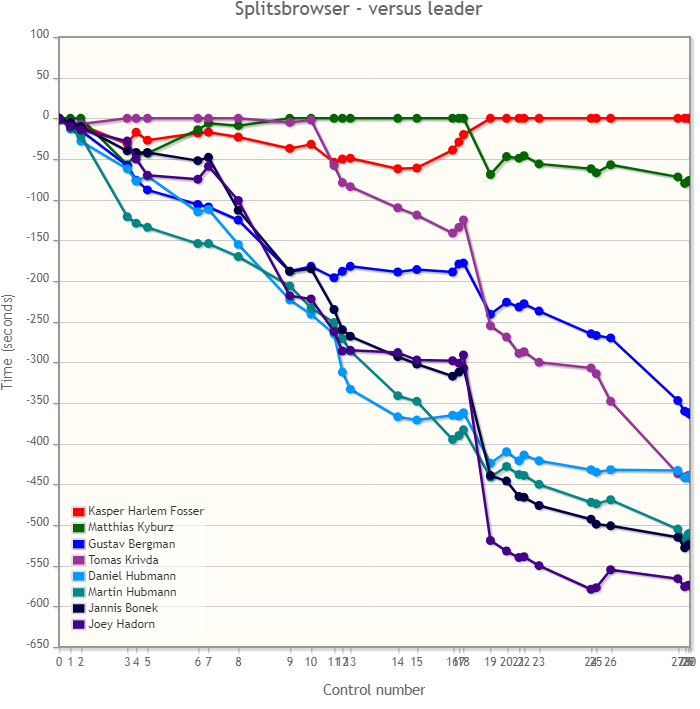
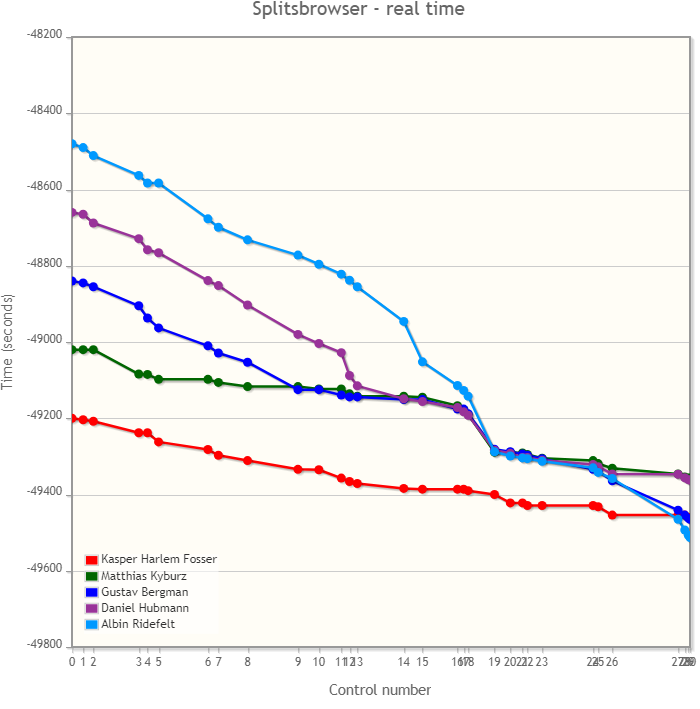
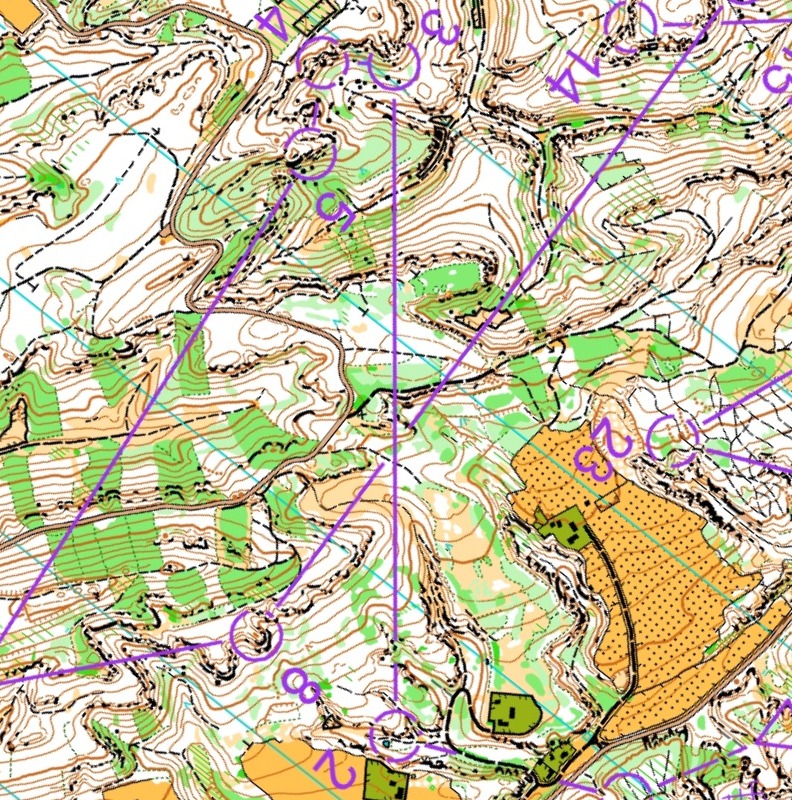
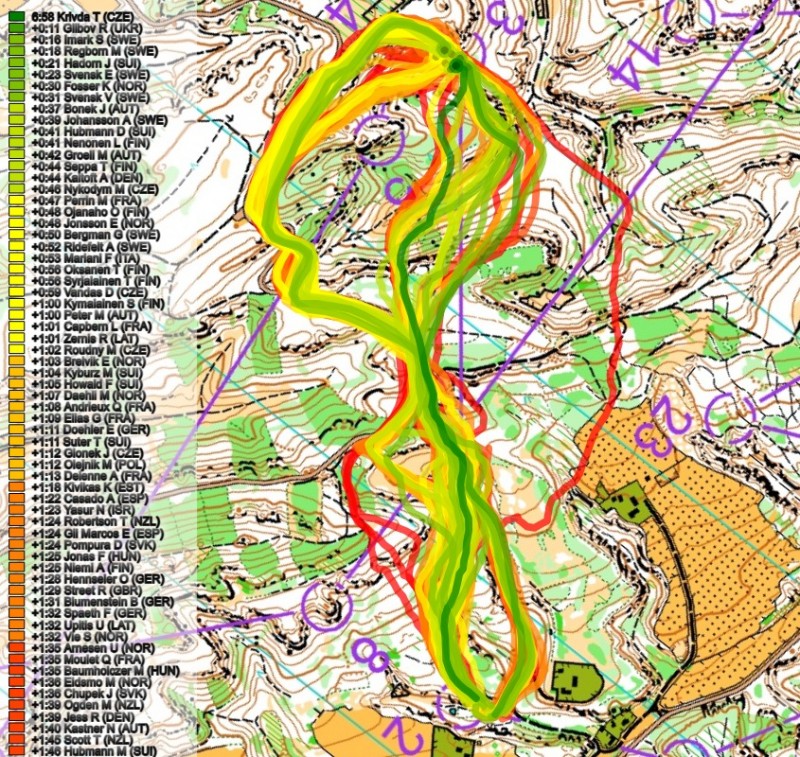
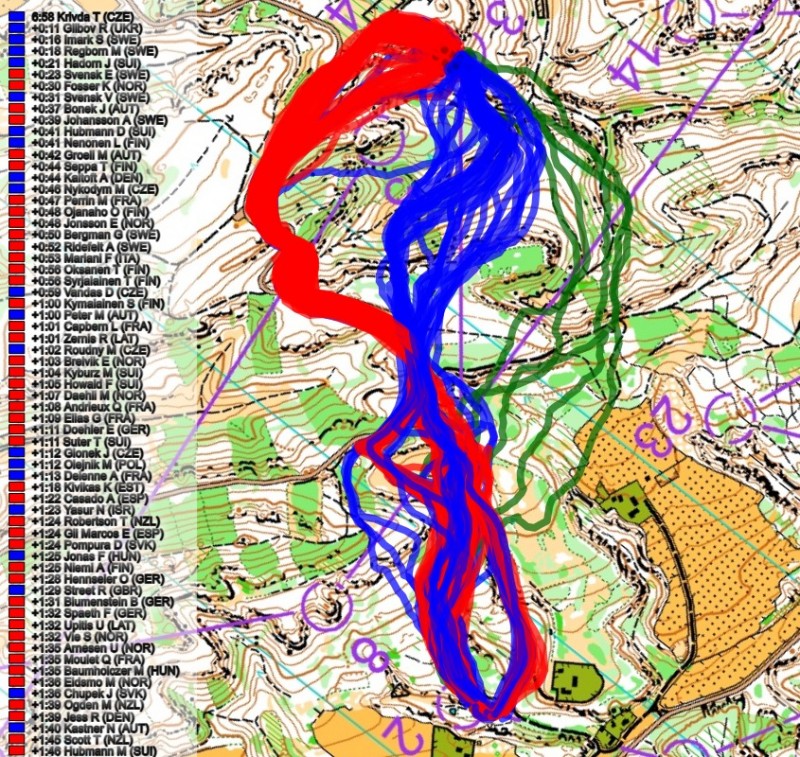
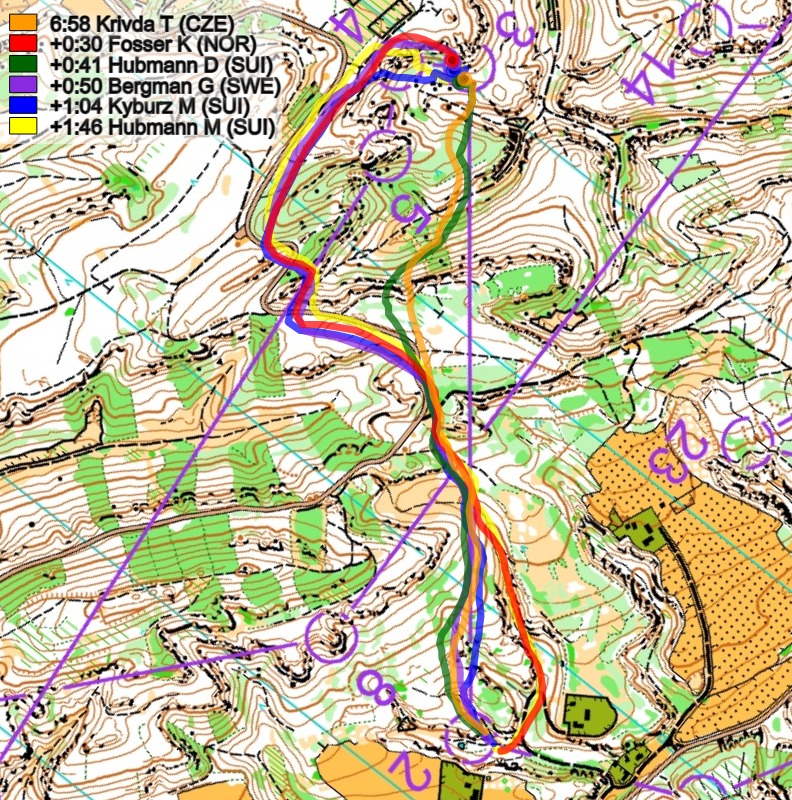
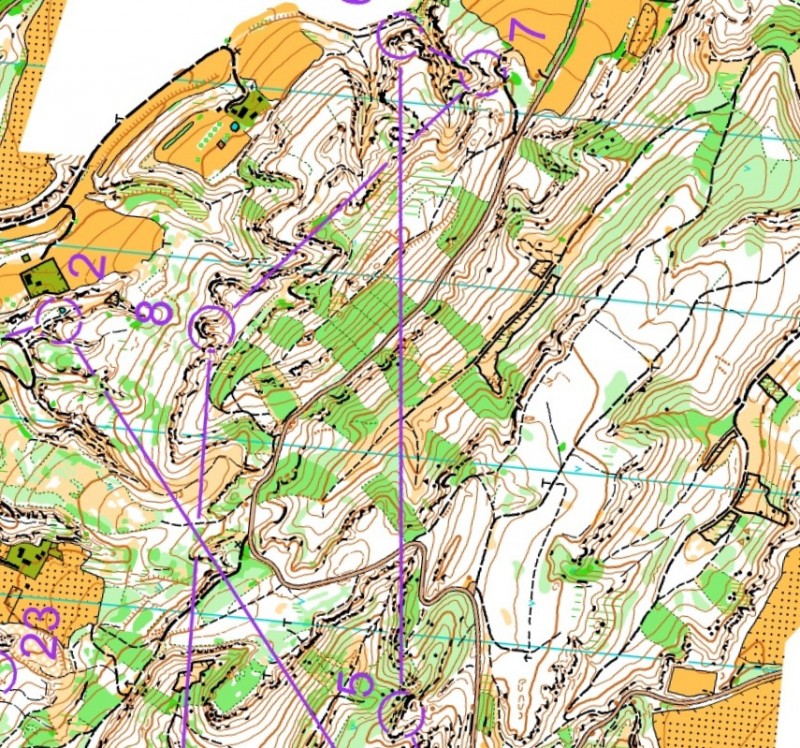
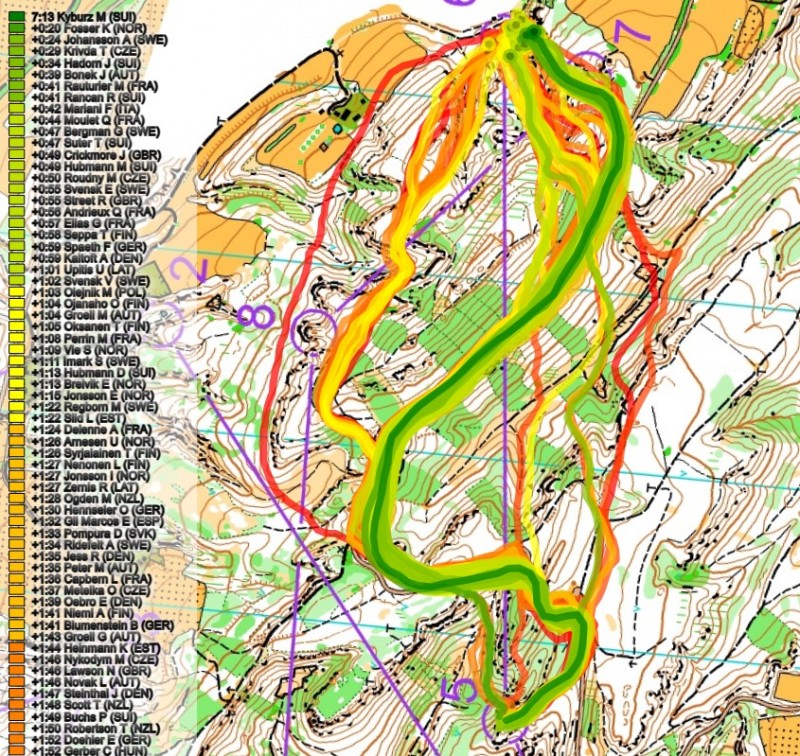
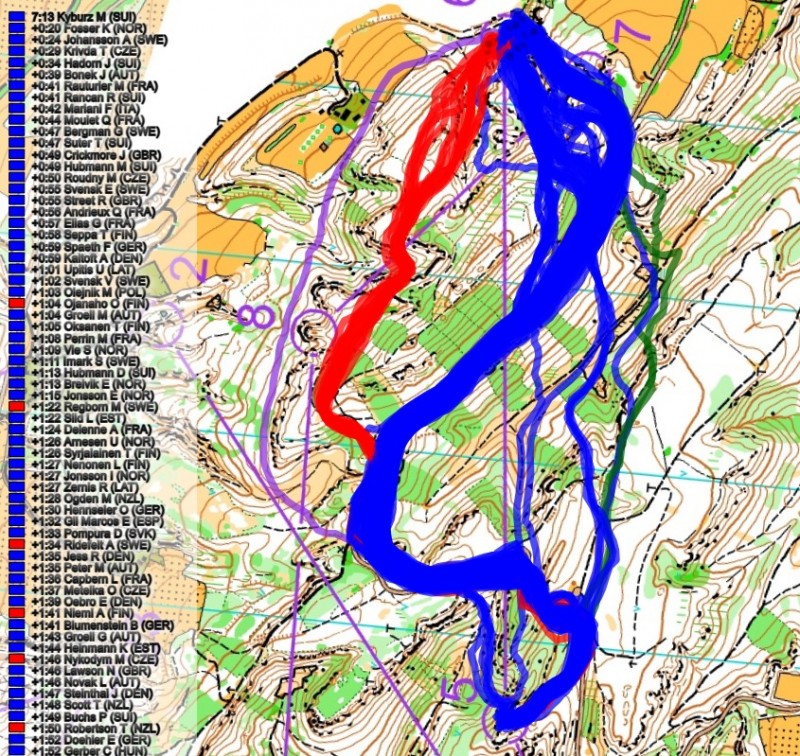
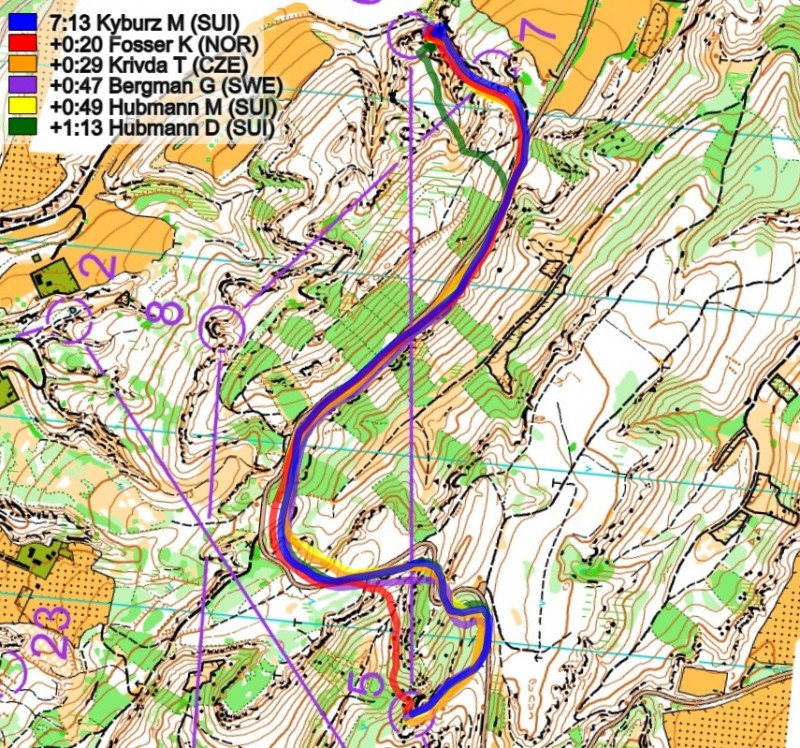
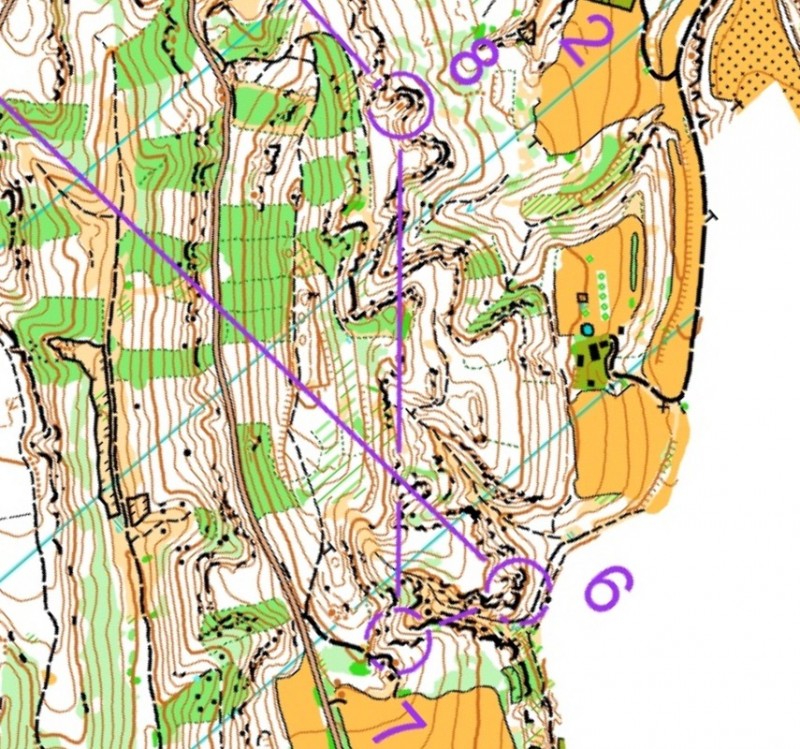
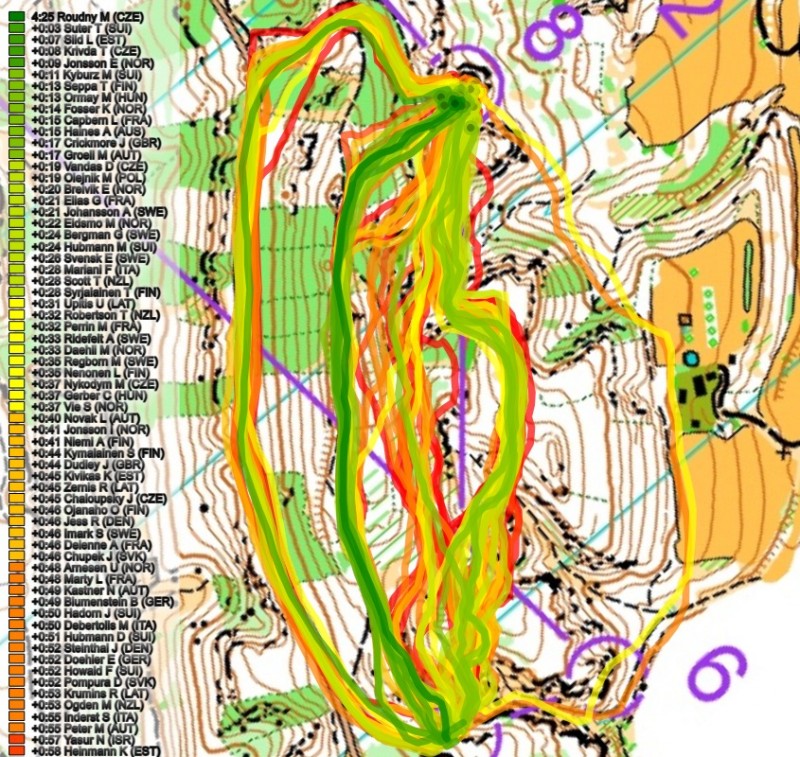
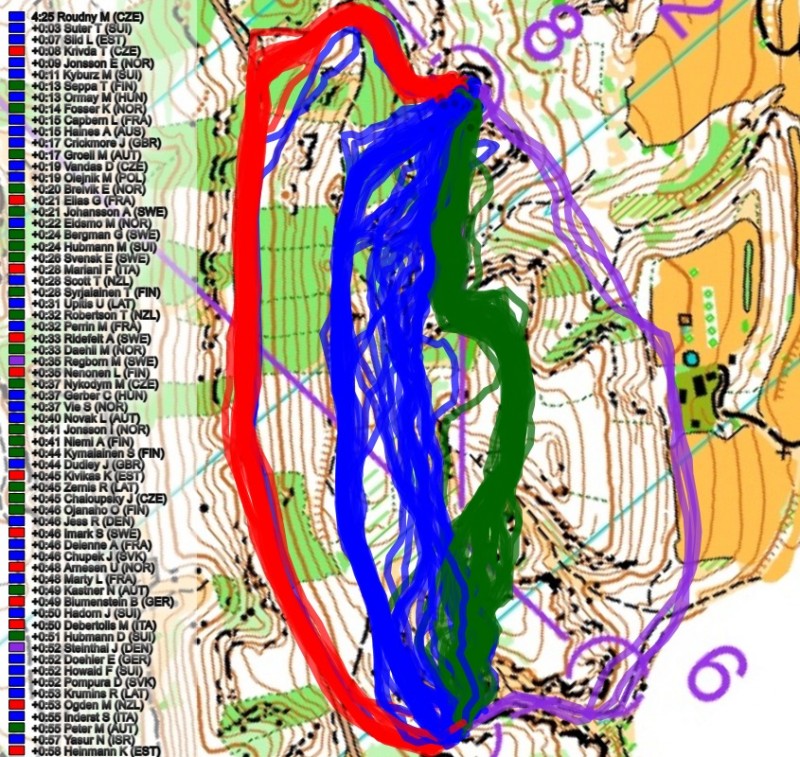
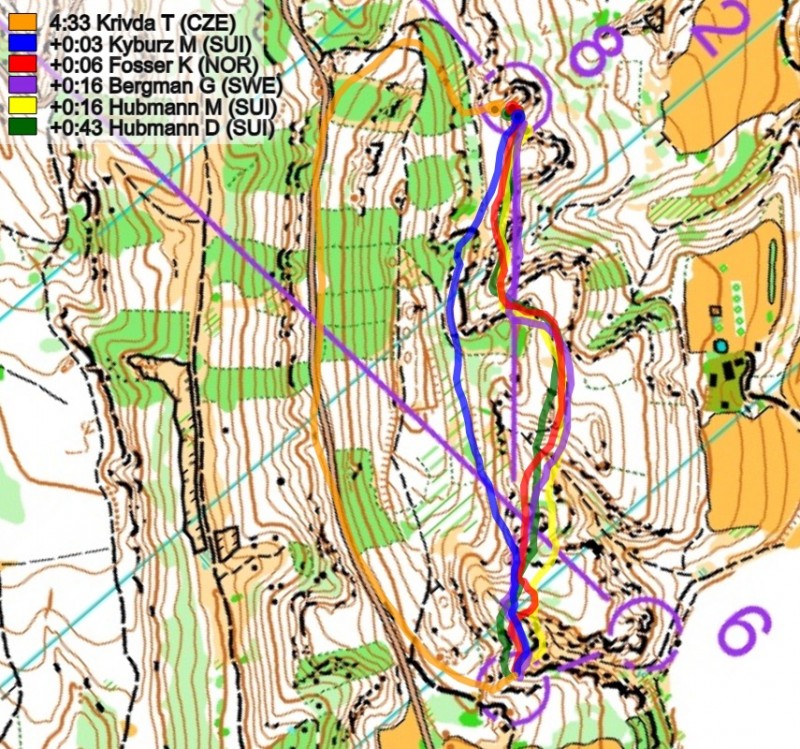
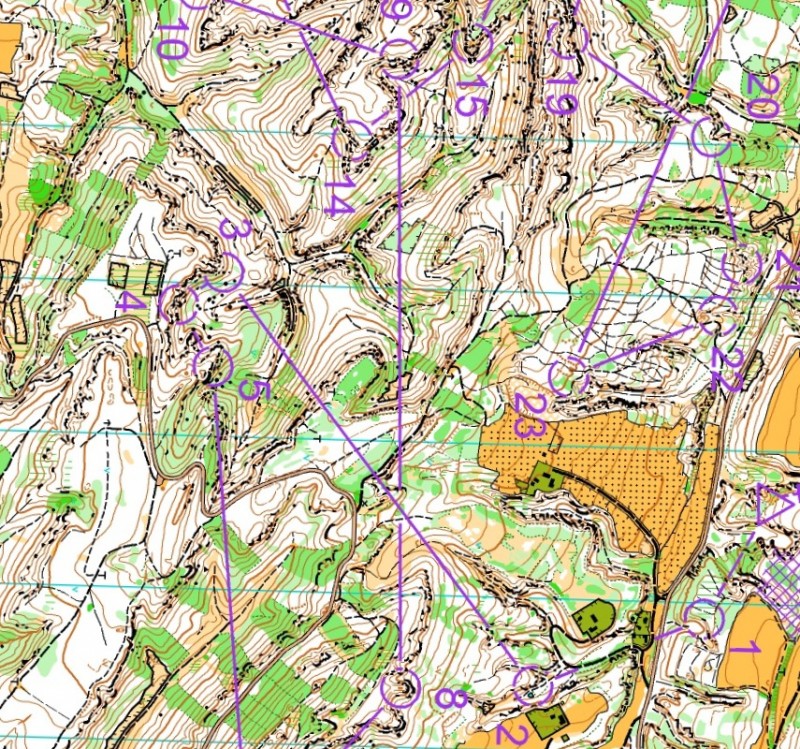
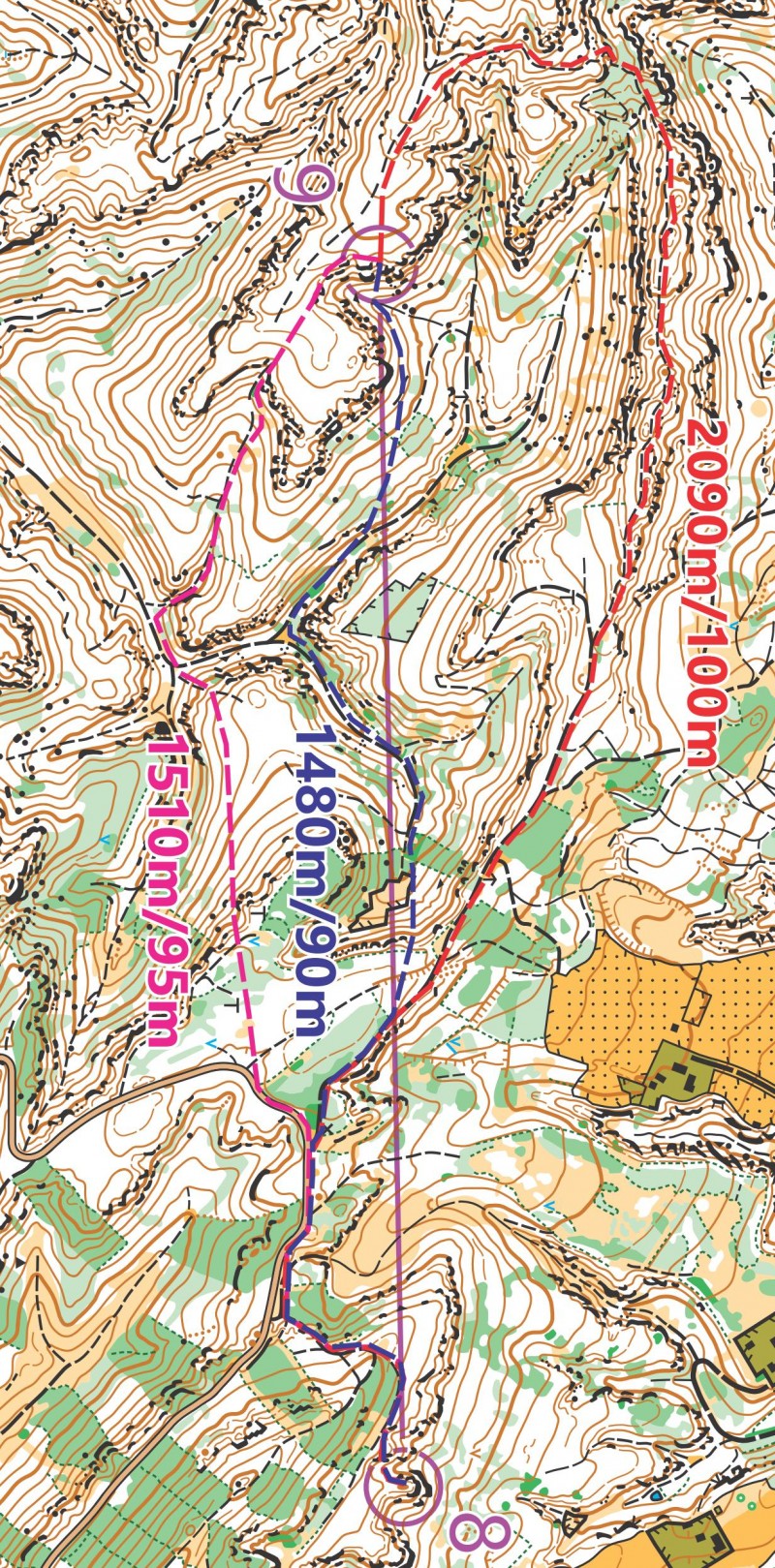
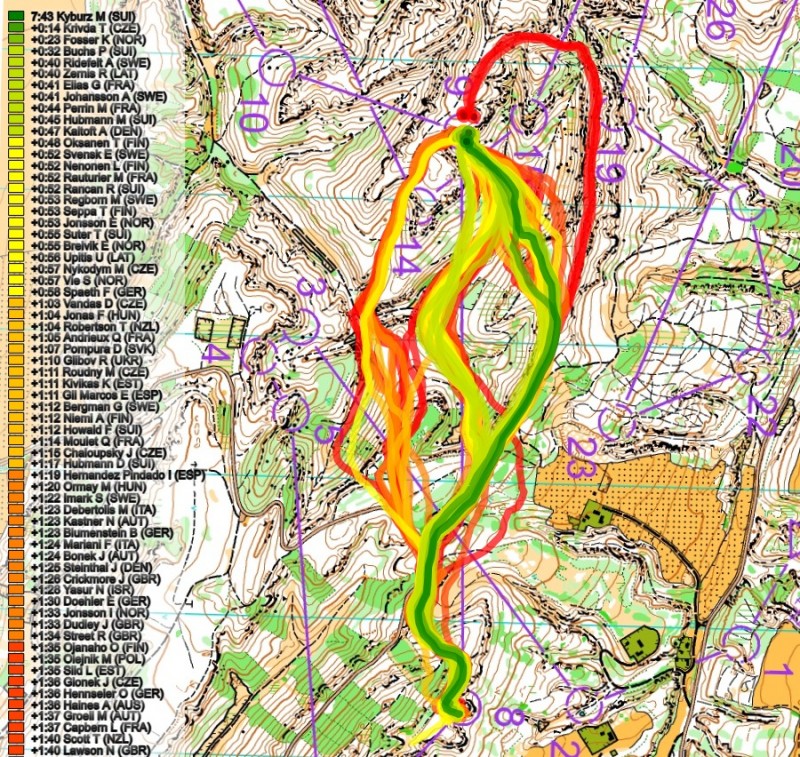
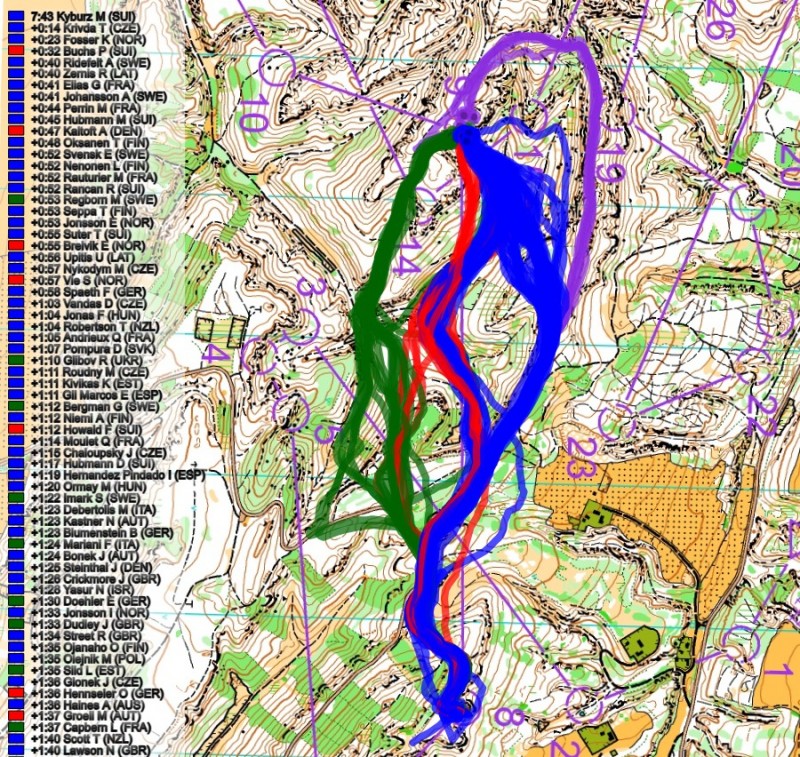

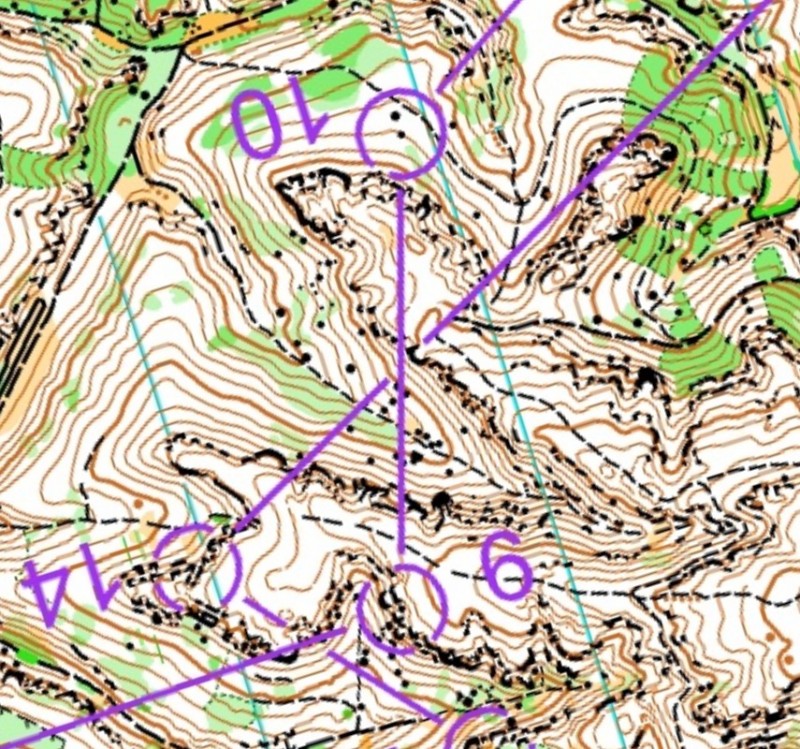
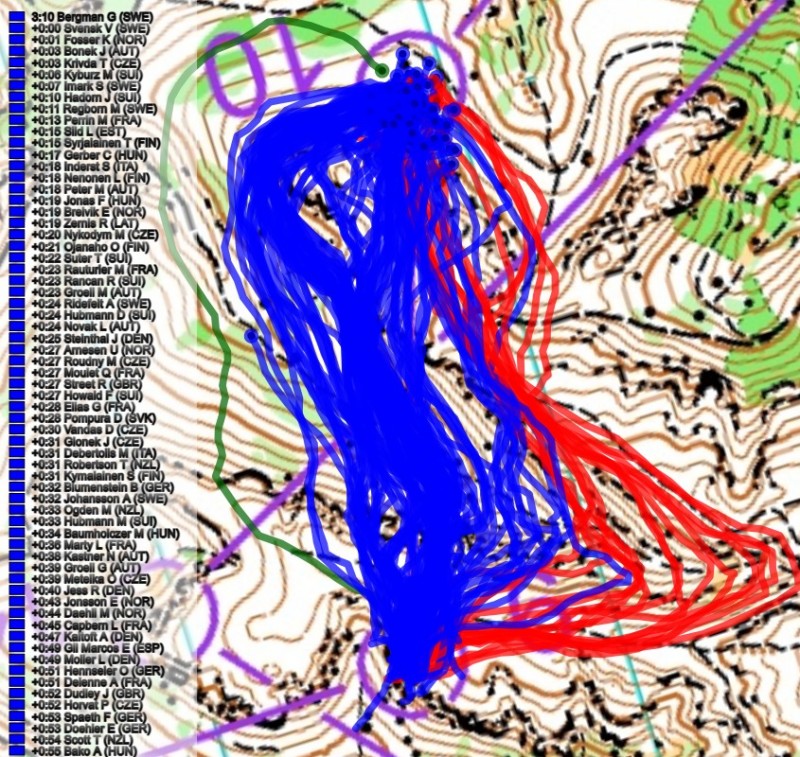
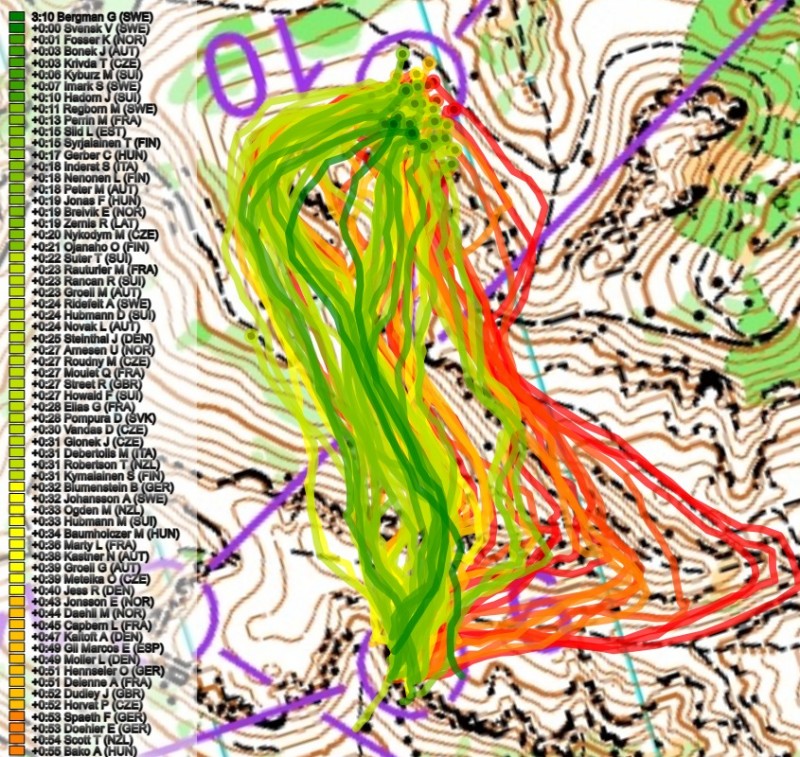
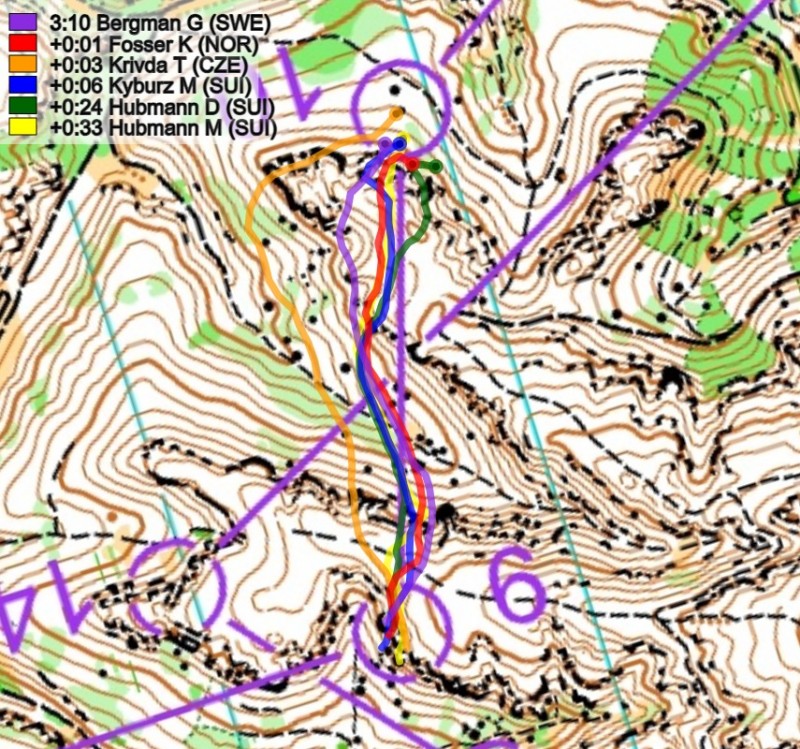
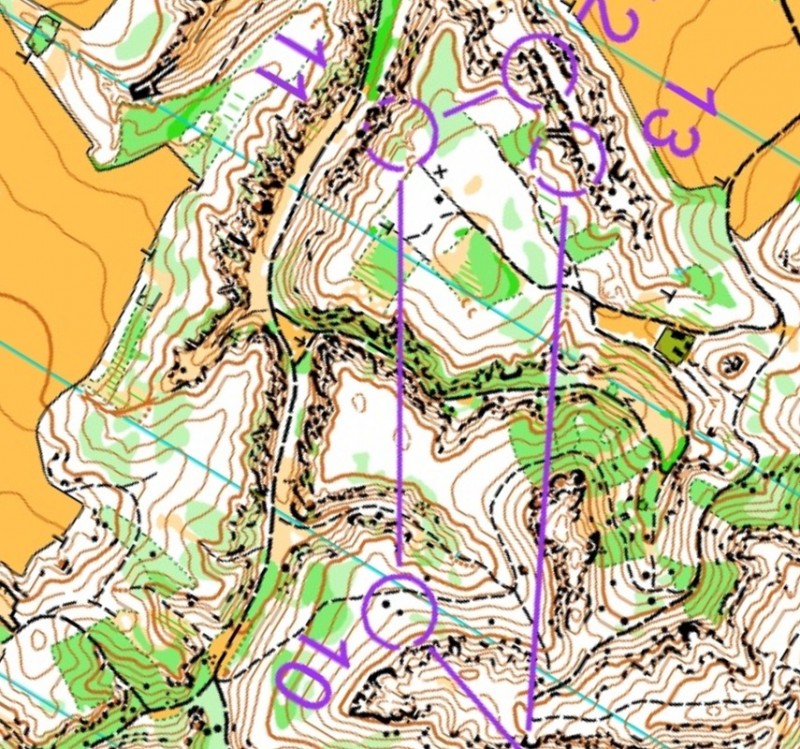
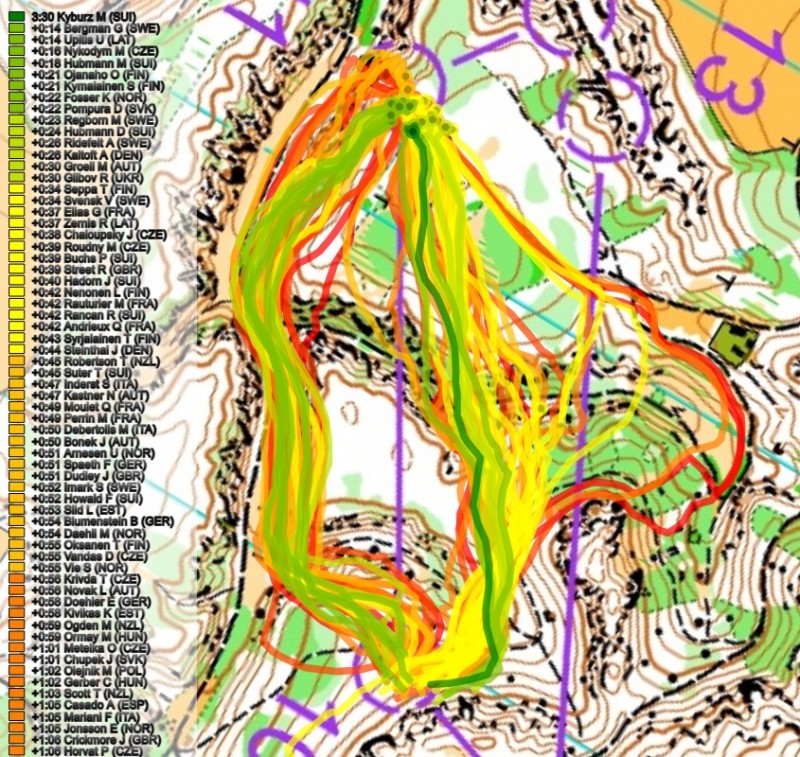
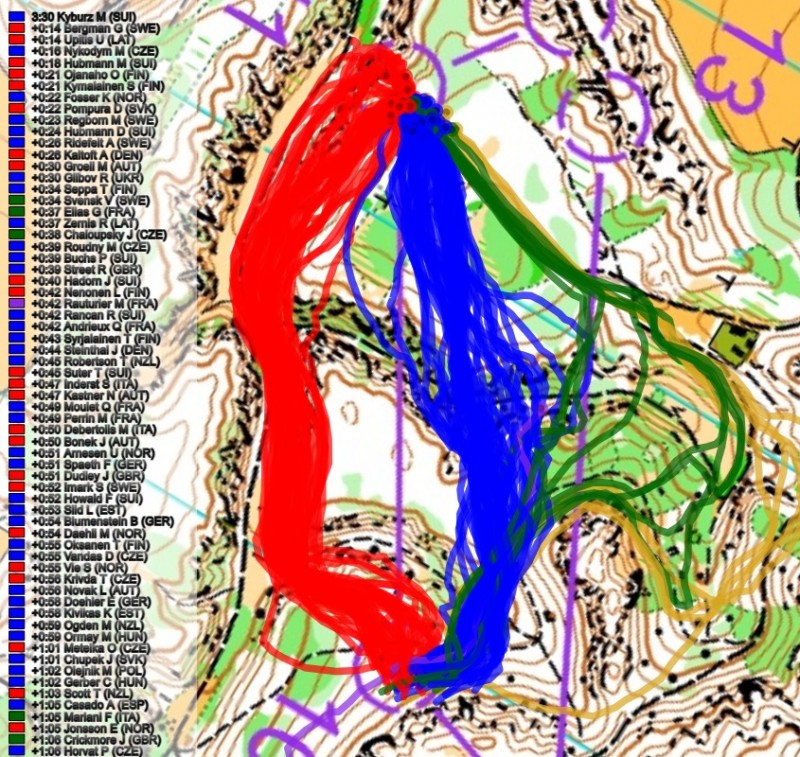
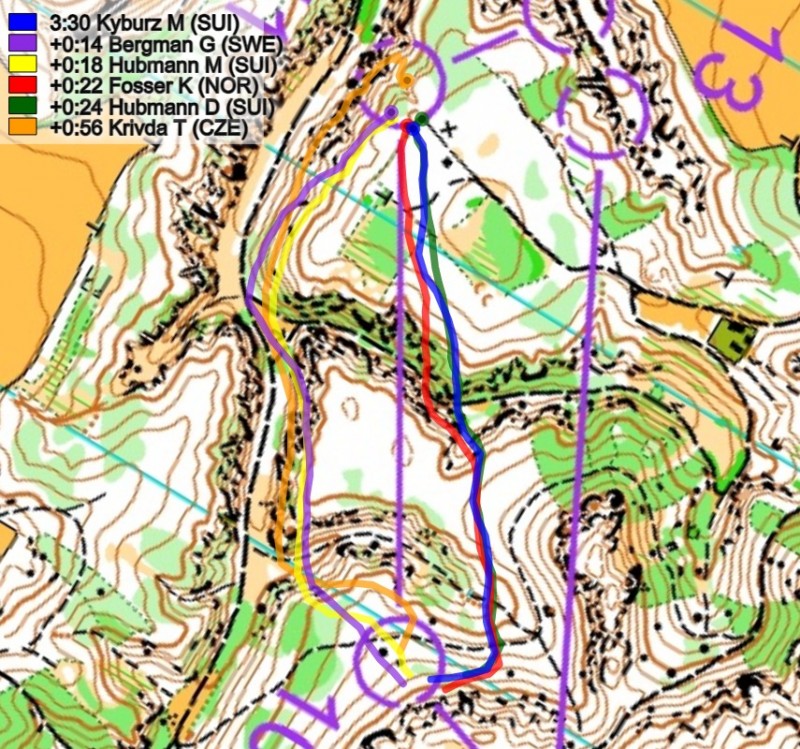
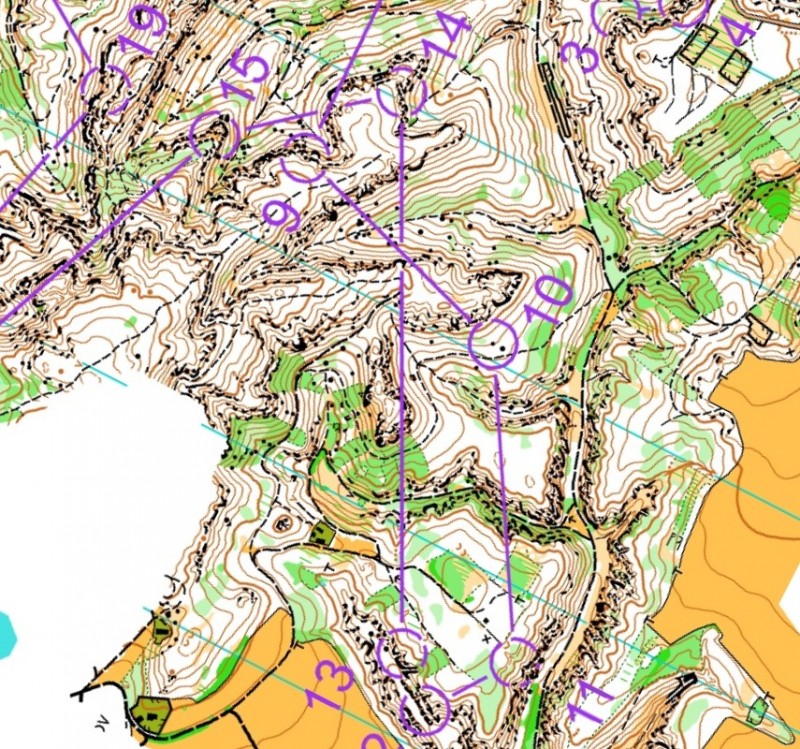
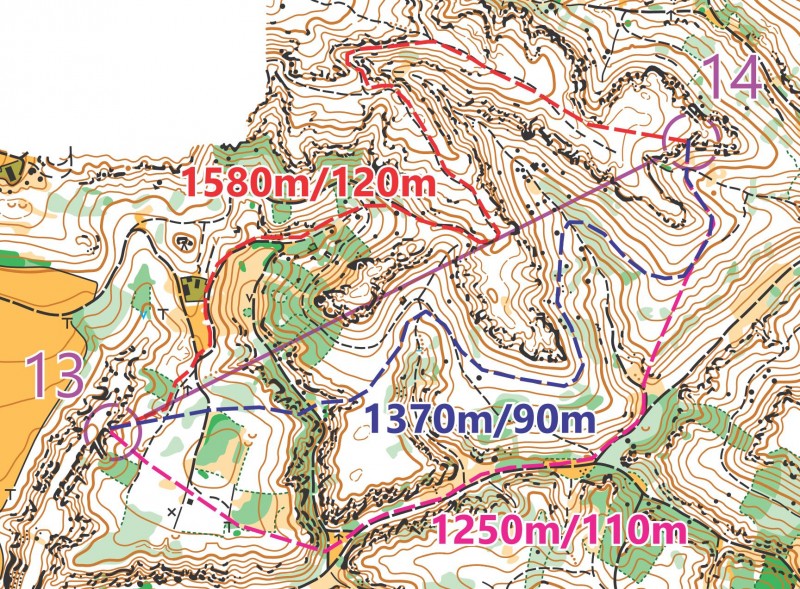
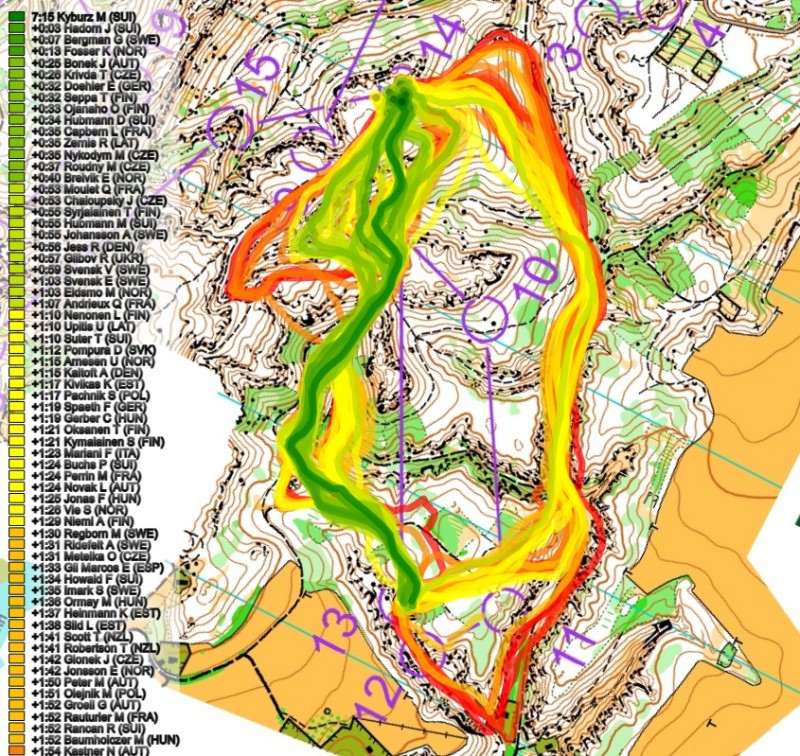
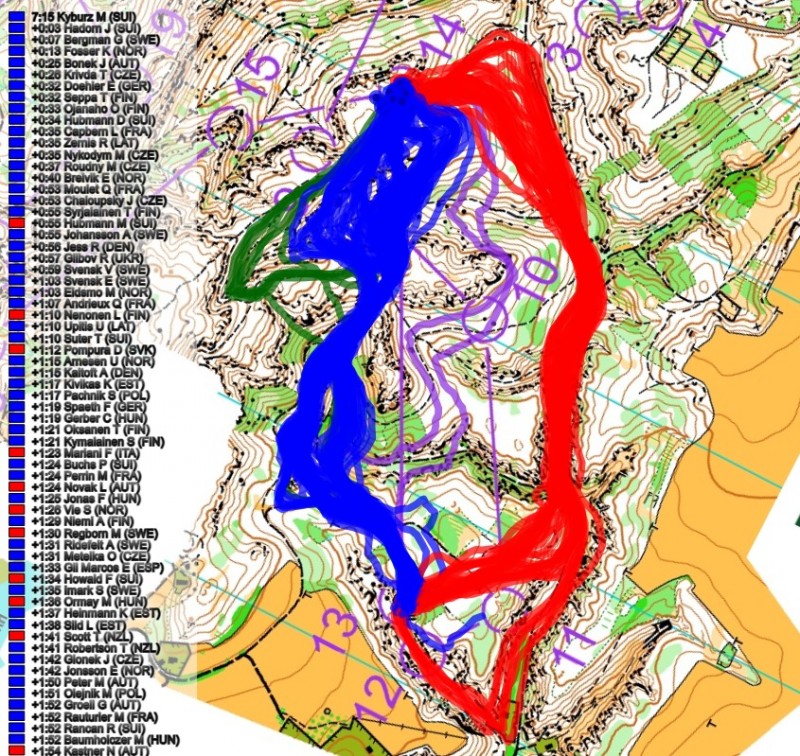
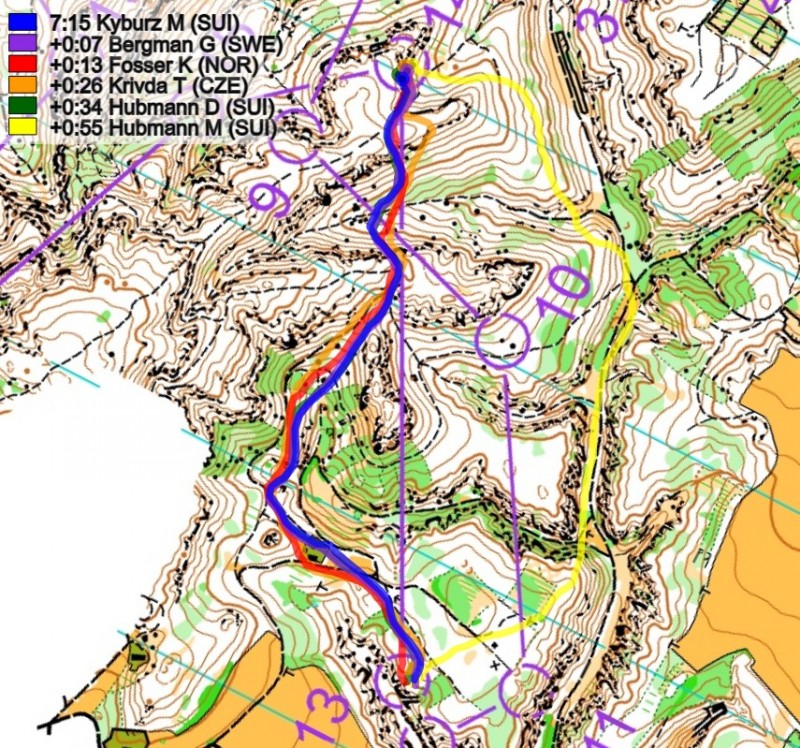
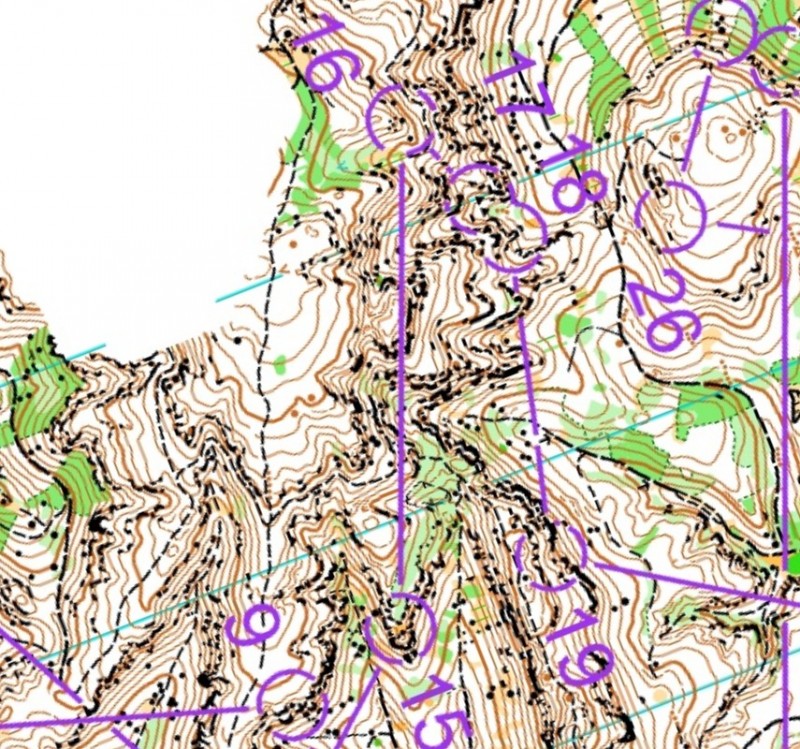
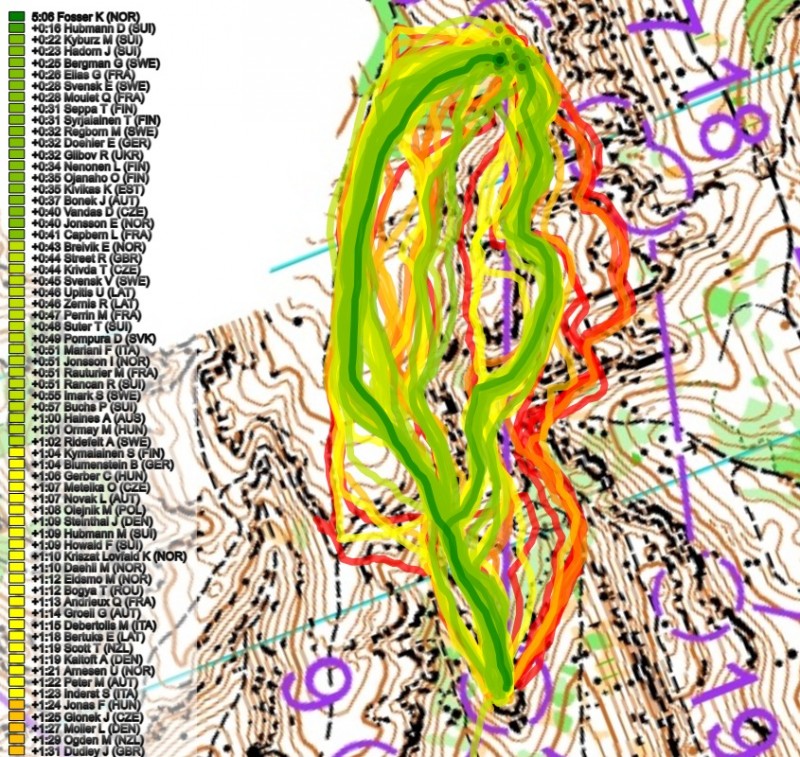

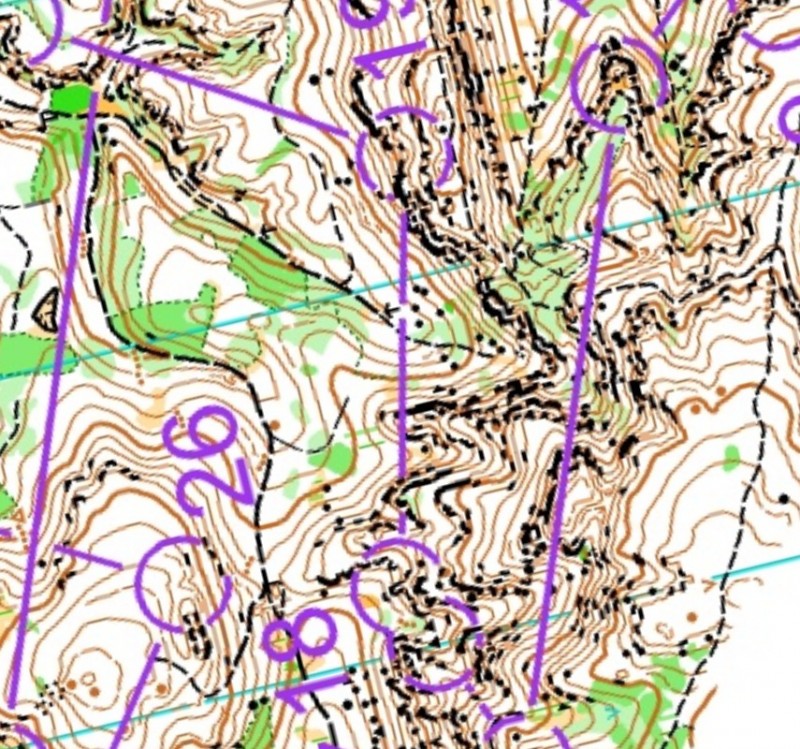
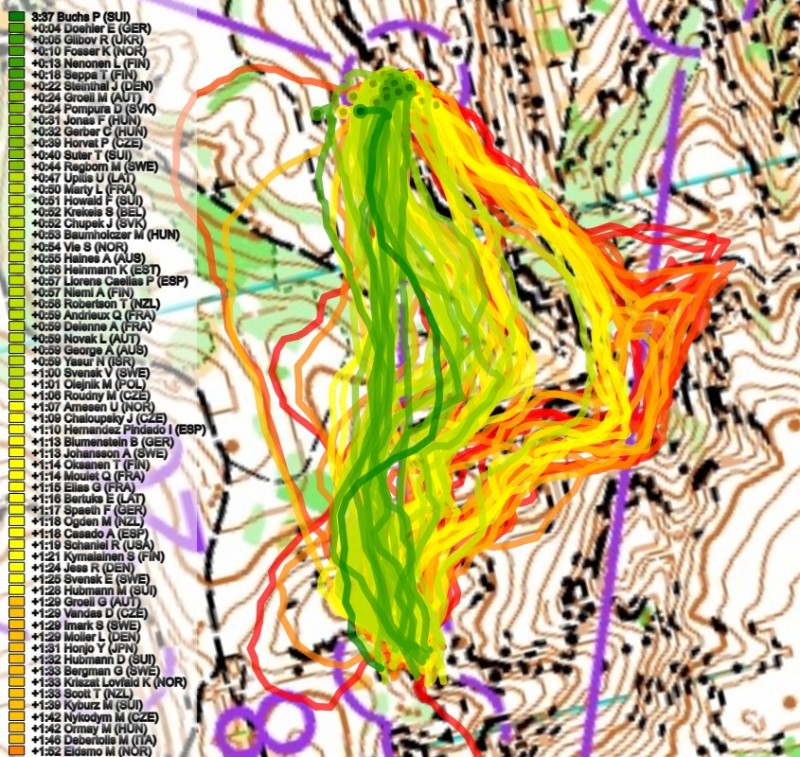
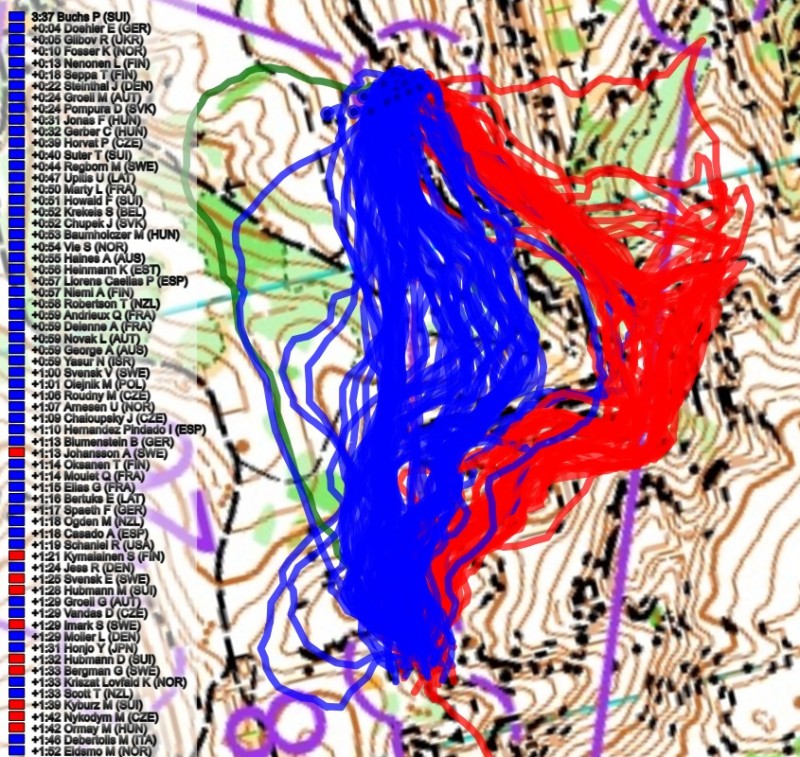
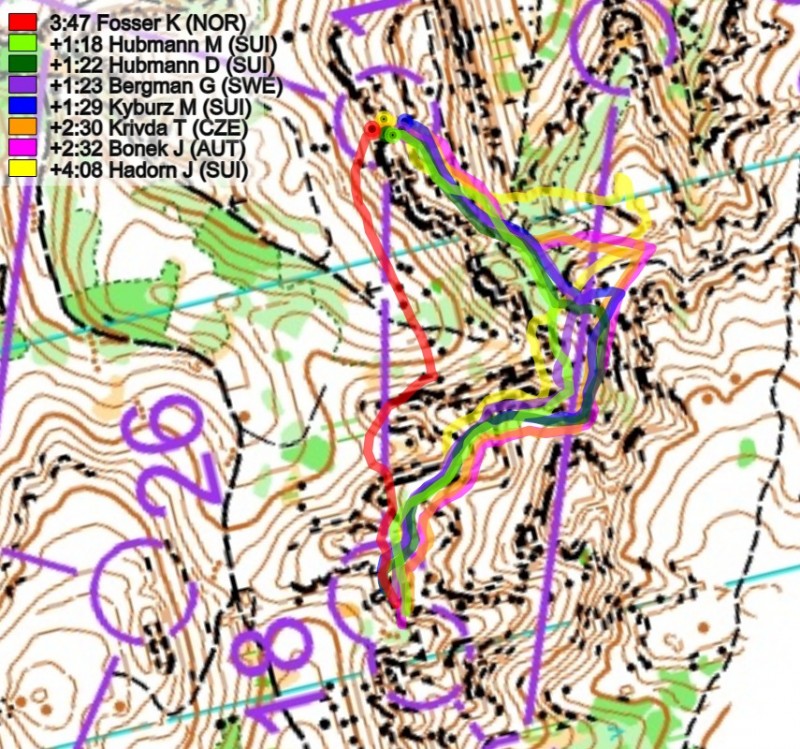
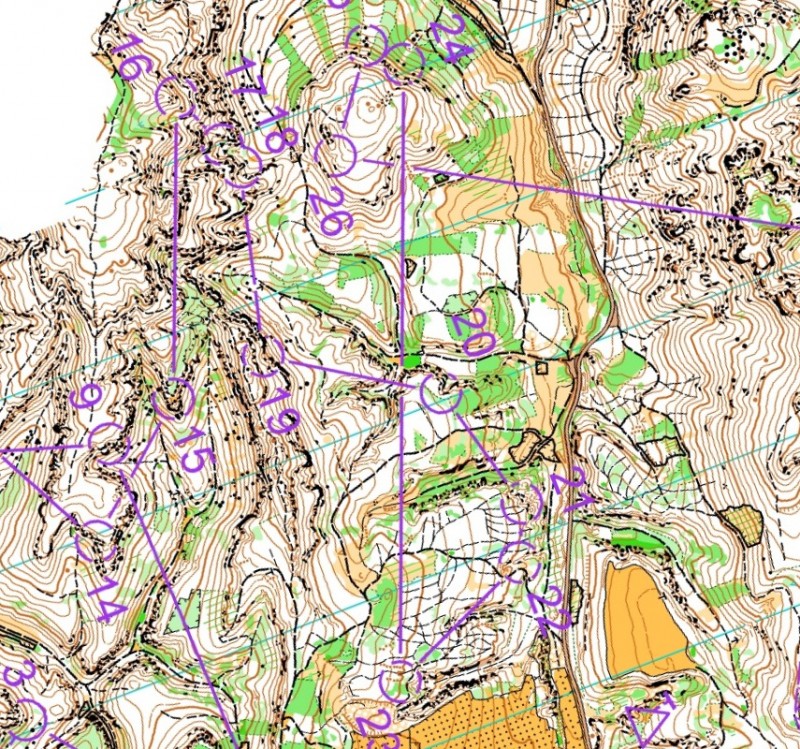
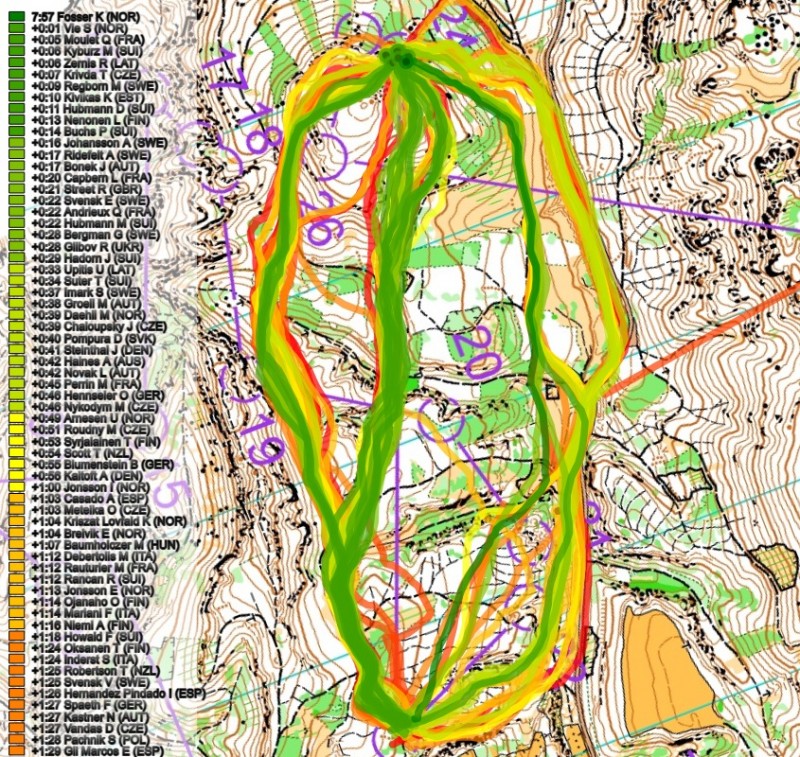
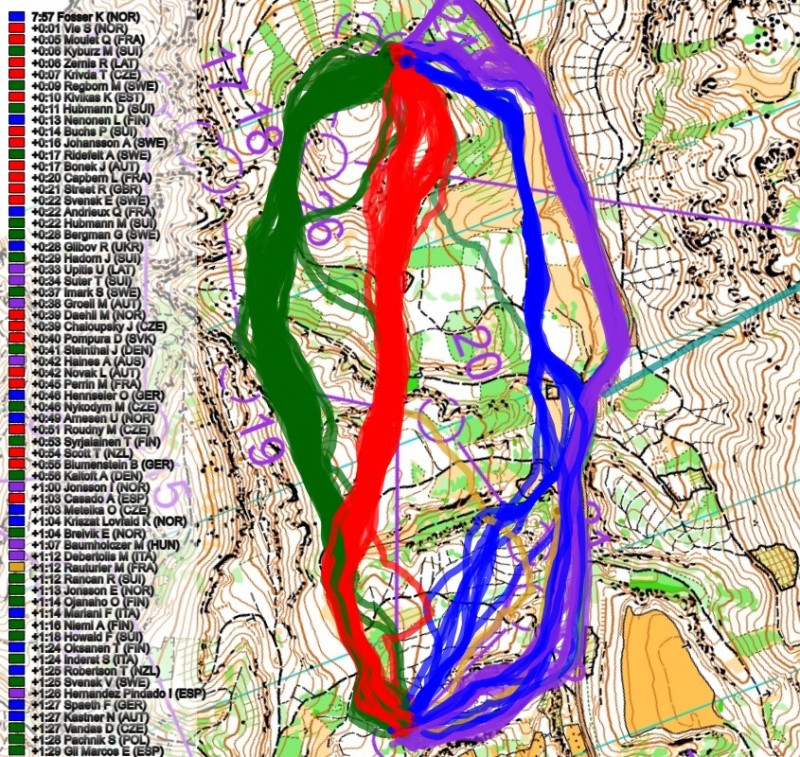
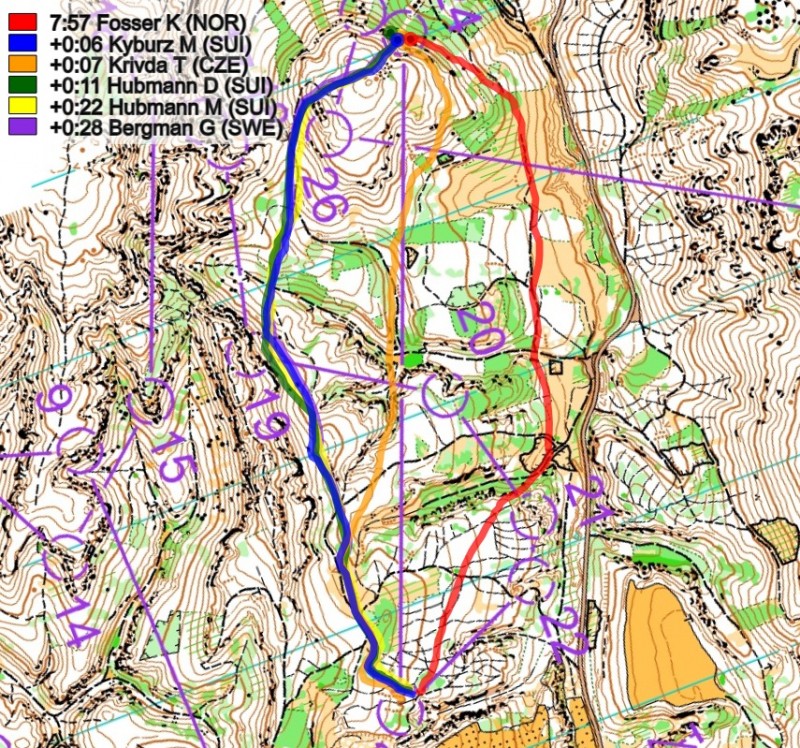
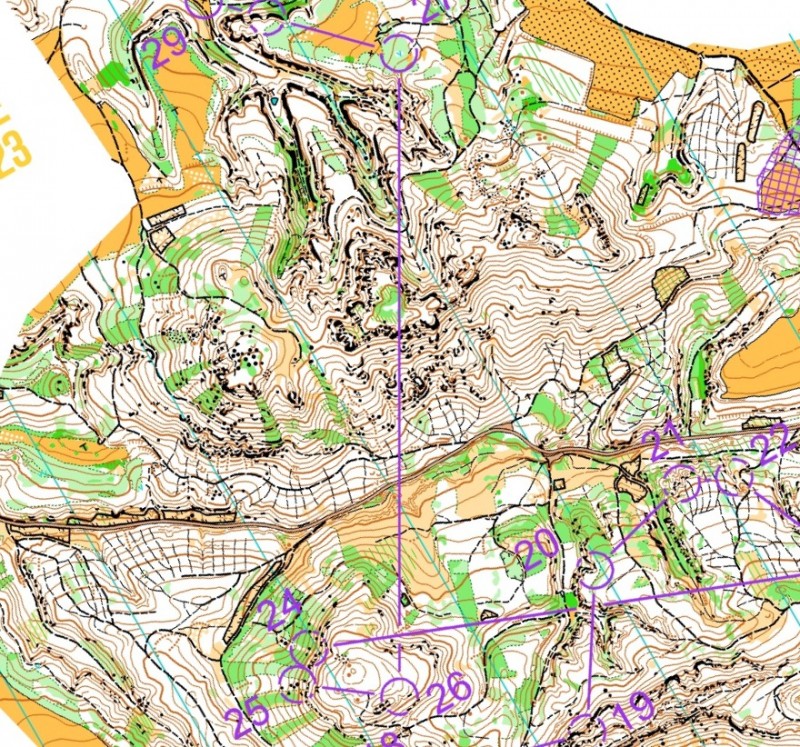
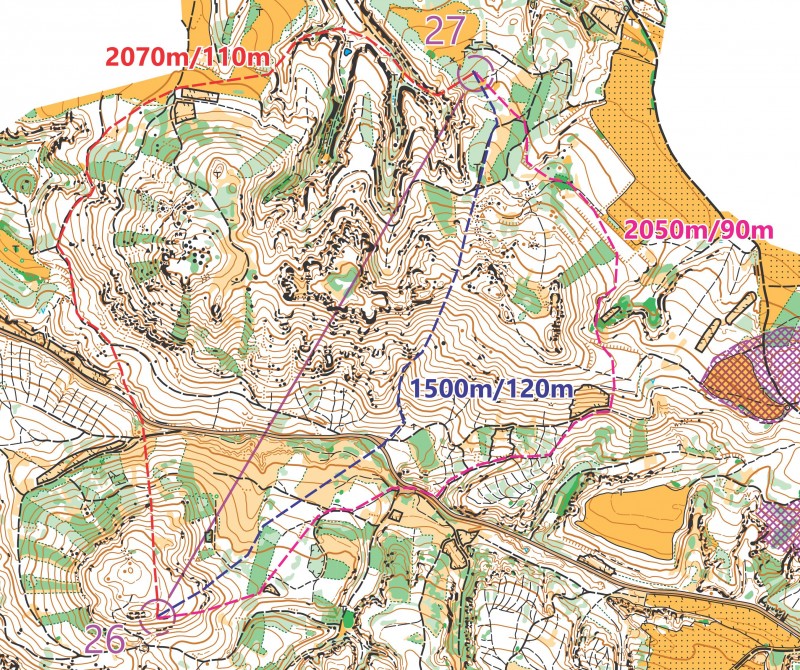
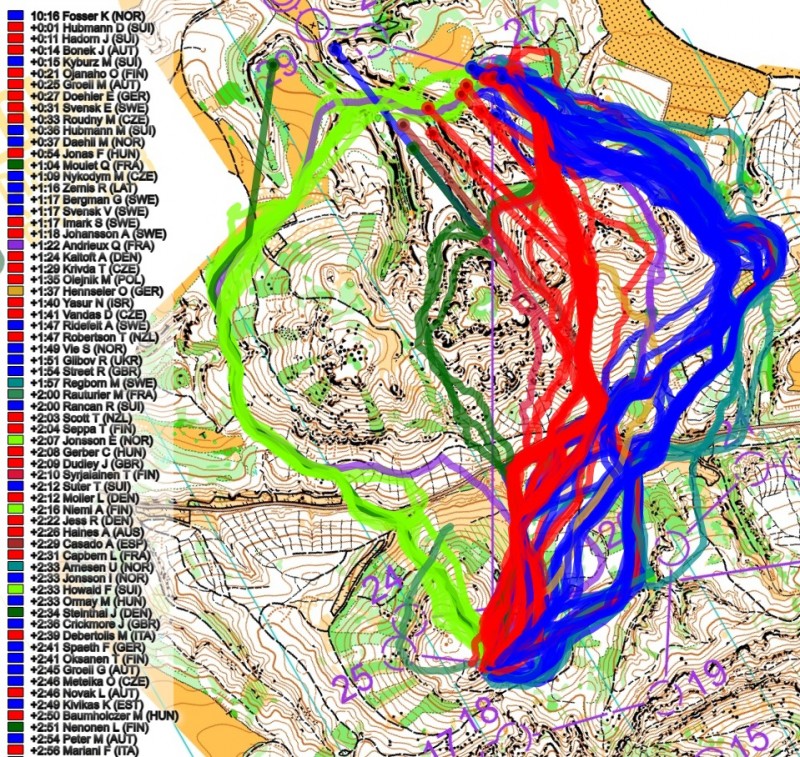
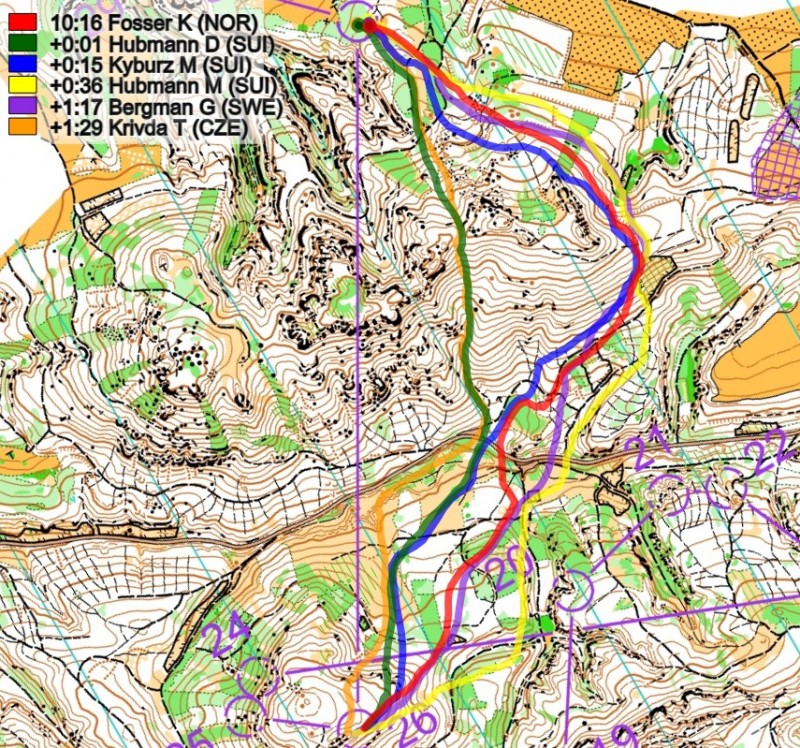
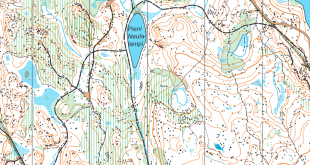
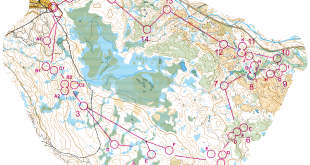
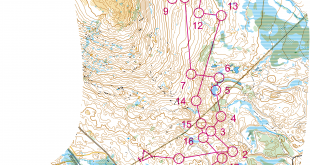
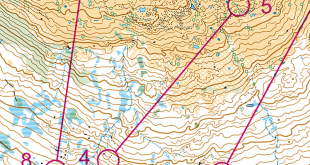
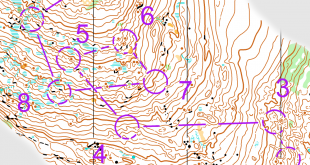
A few questions for international experts. Are there any best practice recommendations regarding:
1. Clarity at the last control: We saw runners hesitating (Davos22 Middle & Flims23 Long) or targeting an unmapped object (Flims23 MiddleQ). How could this be improved?
2. Legibility of the course on the map: How quickly can runners recognize the many purple crossing points in the restricted area (C-Lipa Sprint c#1-2)? Is the current mapping standard the final word? There were multiple intersections on some courses (C-Lipa Middle & Long). Can runners recognize the order of controls at competition speed?
3. Size of the competition area. We saw runners crossing the same ridge multiple times (C-Lipa23 Middle) or ending up at a wrong control that was very close (same event, men’s course, c#8). Would a larger competition area be approriate?
Many thanks for organizing and analyzing!
What about “superman” ? How far ahead of Fosser would he finish the race ?
About 4 minutes, take a look here.